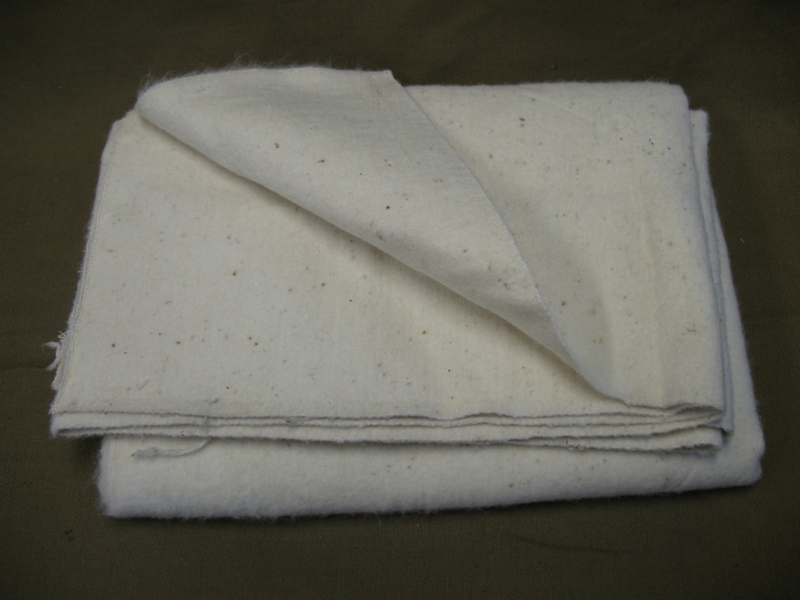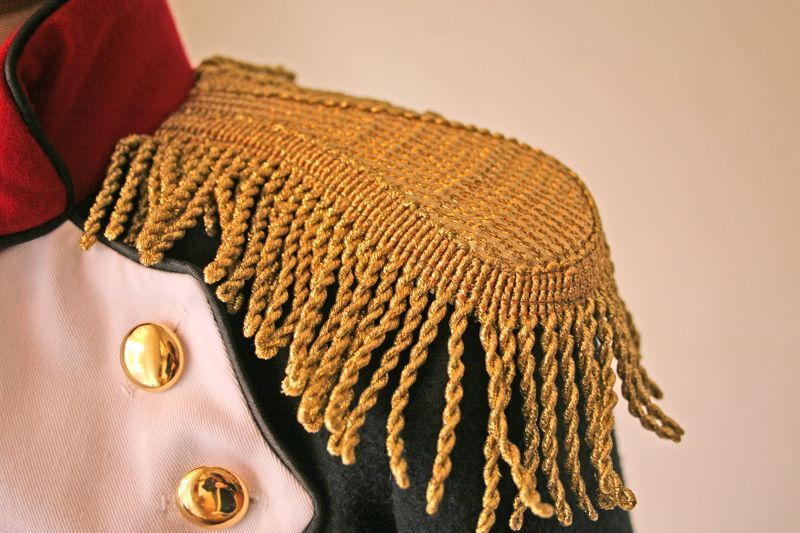At first glance, winding foot wraps seems like a simple matter, but usually beginners who do not know the simple rules rub the skin of their feet. Having studied in advance how to wind foot wraps, you can avoid the fabric bunching up, which leads to damage to the skin. Correct use of these products helps to keep your shoes warm for a long time.
Features of foot wraps
A foot wrap is a piece of strong, rectangular fabric used to wrap the feet. The product has the same functionality as a sock and is worn with boots and shoes. The fabric for foot wraps is selected in accordance with the season. For the winter period they are made from the following types of fabric:
- wool;
- bike;
- flannel.
During cold weather, footcloths made of 50% wool and 50% cotton are in demand. In summer, cotton or cloth products are used.
It is believed that the standard size of foot wraps is 35 x 90 cm. However, this is not entirely true. Over time, the recommended size of the product has changed:
- since 1978, foot wraps have been made in sizes 35 x 90 cm;
- since 1983, the parameters of the finished half-pair were 50 x 75 cm;
- Since 1990, the width of the product has become 15 cm smaller. The finished footcloth had a size of 35 x 75 cm;
- Today, according to the army regulations, the parameters of a half-pair are 45 x 90 cm.
There are also other sizes of ready-made foot wraps. You can make them yourself, individually selecting the sizes. To do this, cut a piece of the selected fabric into 2 parts so that the length of the finished product allows you to wrap your foot twice.
In some situations, such products will be better than socks. Their advantages:
- dry quickly;
- easy to wash;
- do not wear out for a long time;
- it is possible to make it yourself;
- you can wear larger size shoes;
- reduce skin sweating;
- retain heat well.
Foot wraps in field conditions help maintain healthy skin - they prevent the development of fungal diseases. The disadvantages of the product include:
- reduction in shoeing speed;
- difficulty in putting on;
- inability to wear without shoes.
If the product is put on carelessly, chafing, painful blisters, and skin irritation may occur.
This item is used not only by the military, but also by people who have to live in difficult climatic conditions. Foot wraps are widely used by fishermen, hunters, and gamekeepers.



Winding methods
It is important to know how to properly wind foot wraps to prevent chafing of the skin. A skillfully put on product will protect the feet from the cold, will not roll up in boots, as happens with regular socks.
Instructions on how to properly wind foot wraps.
- Spread the product on a flat surface.
- Place your foot diagonally to the edge of the fabric - the heel should point to the bottom corner, the toe should be on the opposite side from the top corner in an unfolded position, the foot should be 20 cm from the edge of the product.
- Wrap the corner around the foot.
- Fold the corner under the sole.
- Wrap the long edge of the product around the foot, gradually moving upwards, simultaneously eliminating folds.
- After wrapping the foot wrap around the foot, wrap the remaining edge around the shin and tuck in the tip.
It is recommended that when wrapping the right leg, the foot wrap, namely its outer corner, be taken with the right hand, and on the left leg - with the left hand.
The products should fit snugly around the legs, be wound moderately tightly, and not have any folds.
The second method is called "lazy". The fabric is placed on the boot shaft, the foot is inserted into the shoe simultaneously with the product. This is a quick method that does not allow walking for a long time. In practice, it will last and will not cause chafing of the skin for 2-3 hours, provided that the motor activity is low. It is usually used when there is no time for full winding.
Useful tips
To wear foot wraps for a long time without rubbing your feet, you need to consider the following recommendations:
- The fabric should be wound tightly, the material should not hang loose.
- It is recommended to roll the fabric from the toe to the shin. This will prevent it from bunching up when walking.
- If your feet get wet, you can wrap them with the dry end that was previously on the bootleg.
- You cannot sew or overcast the edges of the product, as this will lead to rapid chafing and the formation of calluses.
- There should be no creases or folds to avoid chafing the skin while moving.
- If foot wraps are worn in the summer, it is important to put insoles in the shoes.
- A new item should be washed before wearing, this will soften the fabric.
Before you put on the foot wraps, you should inspect your feet for chafing. Wash them with cool water and wipe dry. Cold water will help narrow the pores to prevent dust and dirt from clogging them.
Knowing how to properly wrap foot wraps, you can walk a long distance without feeling discomfort in the feet. This is a convenient product that prevents sweating and freezing of the feet, while it is extremely inexpensive.
Video










